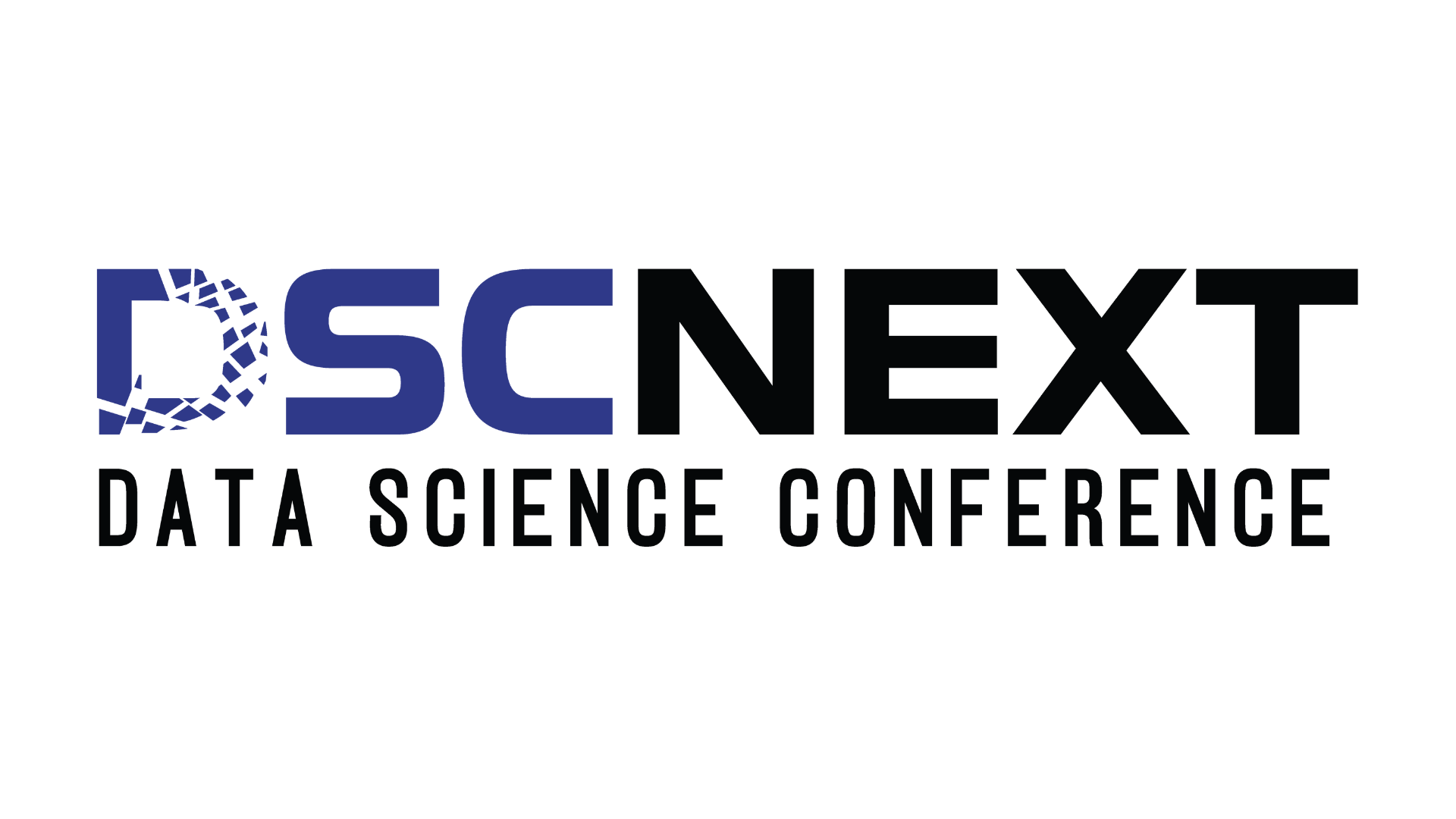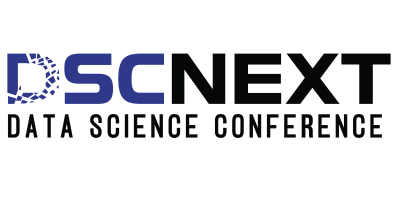
As deep learning reshapes the predictive analytics landscape, here’s how industries are embracing the shift.
Predictive analytics is a powerful branch of data science that aims to forecast future events using historical and current data. Traditionally, it has relied on statistical techniques like regression analysis or basic machine learning models such as decision trees. However, as data grows in complexity, volume, and speed, these conventional models sometimes fall short.
That’s where deep learning—a subset of artificial intelligence—steps in. Deep learning mimics the human brain using artificial neural networks and has revolutionized predictive analytics by allowing data scientists to build highly accurate, self-improving prediction systems.
At the heart of deep learning are neural networks, particularly convolutional neural networks (CNNs) for spatial data like images and recurrent neural networks (RNNs) and long short-term memory (LSTM) models for time-series or sequential data. These models excel in recognizing patterns that traditional algorithms often miss. Unlike conventional machine learning models, deep learning doesn’t require manual feature engineering. Instead, it automatically learns to extract meaningful features from raw inputs, making it ideal for large and complex datasets.
Deep Learning in Action: Real-World Use Cases
One of the most successful examples of deep learning in predictive analytics is in e-commerce and retail. Companies like Amazon and Walmart leverage deep learning models to predict customer purchasing behavior, optimize product recommendations, and forecast inventory needs.
By feeding historical sales, pricing trends, customer demographics, browsing habits, and even real-time events like weather into LSTM networks, these companies can anticipate demand spikes and adjust supply chains accordingly. For example, before a major holiday season or a weather emergency, predictive models can estimate which products will be in demand, helping businesses stay proactive.
In finance, deep learning models are being used to predict stock market trends, credit risks, and fraud detection. Traditional models struggle to handle the chaotic, non-linear nature of market data, but deep learning models like transformers and autoencoders can capture complex dependencies and detect subtle anomalies. For instance, JPMorgan Chase has developed deep learning tools to forecast bond performance and identify unusual transaction patterns that may indicate fraud.
Healthcare is another area seeing a significant impact. Predictive analytics powered by deep learning helps doctors anticipate disease progression, patient readmission, or potential adverse drug reactions. Google DeepMind’s model for predicting acute kidney injury is a prime example. It uses patient records, lab data, and vital signs to issue warnings about deteriorating kidney function up to 48 hours in advance—giving healthcare providers enough time to intervene.
In manufacturing and industrial IoT, predictive maintenance is a major focus. Deep learning models analyze sensor data from machinery to predict when a component is likely to fail. General Electric, for example, uses deep learning to monitor jet engines and turbines, avoiding unexpected downtime and reducing maintenance costs.
Why Deep Learning Matters in Predictive Analytics
The main advantage of deep learning in predictive analytics is its ability to learn complex patterns from raw data with minimal human intervention. These models become more accurate with time and exposure to more data. They are particularly effective when dealing with high-dimensional, noisy, or unstructured data such as audio, images, or text—types of data that are increasingly common in business operations.
Moreover, deep learning enables real-time predictions. With the integration of deep learning and edge computing, businesses can now predict customer churn, detect cyber threats, or recommend content instantly, based on live data streams. This capability creates a competitive edge in fast-moving industries.
However, it’s worth noting that deep learning models are resource-intensive and often require significant computational power and large datasets. Additionally, the black-box nature of deep neural networks makes them harder to interpret, though new approaches in explainable AI (XAI) are helping address these challenges.
What’s Next: DSC Next 2026 and the Future of Predictive Analytics
As deep learning continues to advance, data scientists are constantly exploring new architectures and innovations to further enhance predictive capabilities. Events like DSC Next 2026 (Data Science Conference Next) are set to showcase the latest breakthroughs in predictive analytics, AI, and deep learning. The conference will bring together global leaders, startups, and academic researchers to discuss scalable applications of AI in industries ranging from climate science to autonomous systems.
DSC Next 2026 is expected to highlight real-time deep learning systems, ethical AI frameworks, and case studies of successful predictive analytics implementation. It’s a must-attend event for professionals looking to stay ahead in the evolving world of data-driven decision-making.
Conclusion
Deep learning has transformed the field of predictive analytics by offering tools that are more accurate, adaptive, and capable of handling vast and complex datasets. Whether predicting customer behavior, equipment failure, stock trends, or health risks, deep learning empowers data scientists to move beyond basic forecasts and unlock insights that drive smarter decisions. As industries become increasingly data-driven, mastering deep learning techniques will be crucial for organizations that want to stay ahead of the curve.

